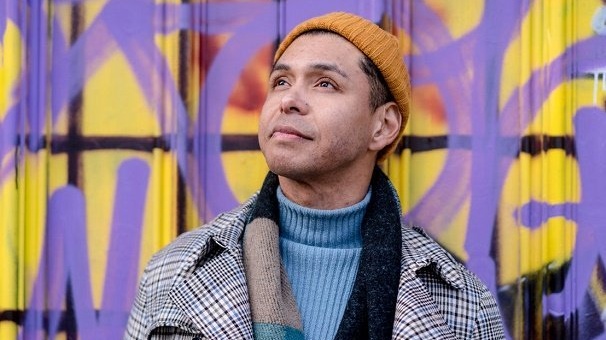A man, previously only identified as a “London patient” before releasing his identity, is the second person to be cured of HIV.
Adam Castillejo has been free from the virus for 30 months after stopping antiretroviral medication, reports CNN. The 40-year-old was diagnosed with HIV in 2003 and was later informed he had non-Hodgkin’s lymphoma in 2011. His cancer affected his HIV, and the virus affected his cancer treatments.
In 2016, he underwent a bone marrow transplant to cure the Stage 4 lymphoma, which ended up curing his cancer and HIV.
The 'London patient', second person cured of #HIV, reveals identity pic.twitter.com/QE2Eb2btYc
— Malo reports (@MaloReports) March 10, 2020
The donor of the stem cells carried a unique gene mutation, CCR5-delta 32, which resists HIV. The stem cell transplant replaces the patient’s cells with those of the donors, which in turn stops the virus from being able to replicate. Castillejo now holds that gene in his body.
Despite facing a number of obstacles, including hearing loss and weight loss, Castillejo went into recovery. In September of 2017, Castillejo stopped taking his antiretroviral medication, which is a combination of drugs to treat HIV. More than two years later, doctors say that he does not have any detectable HIV infection in his blood, semen or tissues.
"This represents HIV cure with almost certainty. We have now had two and a half years with anti-retroviral-free remission. Our findings show that the success of stem-cell transplantation as a cure for HIV, first reported nine years ago in the Berlin Patient, can be replicated," lead researcher Ravindra Kumar Gupta, from the University of Cambridge, told BBC.
The first patient cured, Timothy Brown, also known as “Berlin patient,” underwent a similar treatment in 2008 and has been free of the virus for over a decade. Unlike Brown though, Castillejo underwent only one stem cell transplant and did not undergo radiotherapy to his entire body.
Despite the success, this will not be a widely used treatment for the millions of people living with HIV since it was primarily used to cure Castillejo's cancer, CNN reported.
“It is important to note that this curative treatment is high-risk and only used as a last resort for patients with HIV who also have life-threatening haematological malignancies,” Professor Gupta said. “Therefore, this is not a treatment that would be offered widely to patients with HIV who are on successful antiretroviral treatment.”
Doctors are hopeful that this will help find a cure for HIV in the future using gene therapy.
Because Castillejo is only the second person cured, he will still require continuous monitoring to ensure it does not reemerge.
"Given the large number of cells sampled here and the absence of any intact virus, is the London Patient truly cured? The additional data provided in this follow-up case report is certainly encouraging but unfortunately, in the end, only time will tell," said Professor Sharon Lewin, from the University of Melbourne, Australia.
Castillejo aspires to be an advocate of hope for others living with the virus.
"This is a unique position to be in, a unique and very humbling position.I want to be an ambassador of hope," he told The New York Times. "I don't want people to think, 'Oh, you've been chosen.' No, it just happened. I was in the right place, probably at the right time, when it happened,"
The first person to be cured of HIV was Berlin resident Timothy Ray Brown. He was cured by way of a bone marrow transplant in 2007.
